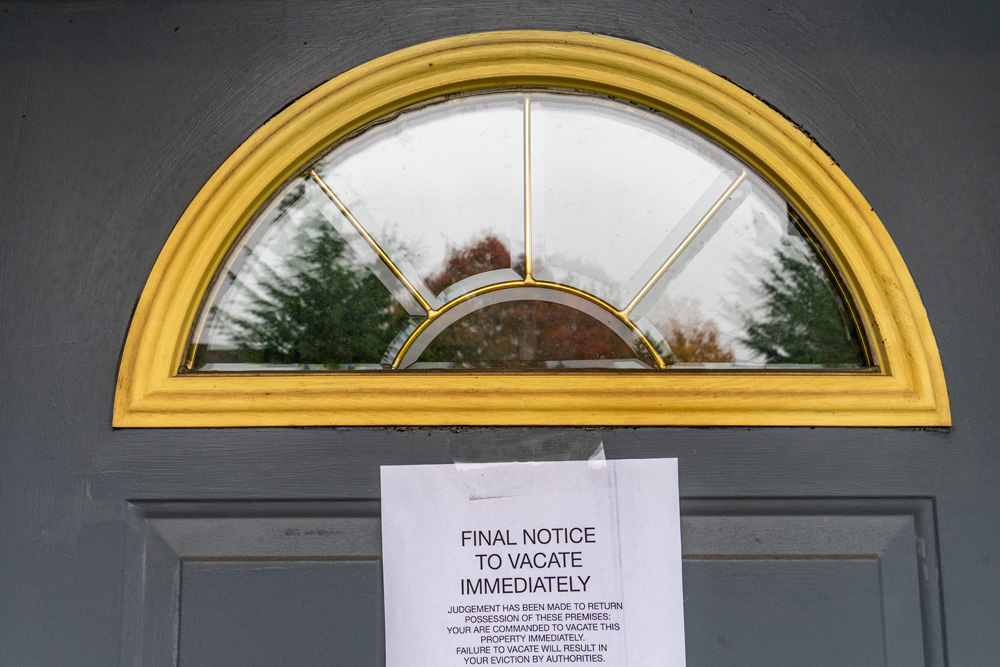
CFPB Proposes Mortgage Servicing Changes to Prevent Wave of COVID-19 Foreclosures
“Millions of families are at risk of losing their homes to foreclosure in the coming months, even as the country opens back up."
Millions of homeowners expected to exit forbearance in the coming months
WASHINGTON, D.C. – The Consumer Financial Protection Bureau (CFPB) today proposed a set of rule changes intended to help prevent avoidable foreclosures as the emergency federal foreclosure protections expire.
Due to the COVID-19 pandemic and ensuing economic crisis, millions of families nationwide have suffered the loss of income and nearly 3 million homeowners are behind on their mortgages.
The CFPB’s proposal seeks to ensure that both servicers and borrowers have the tools and time they need to work together to prevent avoidable foreclosures, recognizing that the expected surge of borrowers exiting forbearance in the fall will put mortgage servicers under strain.
“The nation has endured more than a year of a deadly pandemic and a punishing economic crisis. We must not lose sight of the dangers so many consumers still face,” said CFPB Acting Director Dave Uejio. “Millions of families are at risk of losing their homes to foreclosure in the coming months, even as the country opens back up. Last week we warned that servicers need to be prepared for a high volume of borrowers exiting forbearance, and today we are proposing additional guardrails and tools for servicers as they navigate the coming months. We will do everything in our power to ensure servicers work with struggling families to find solutions that prevent avoidable foreclosures.”
The COVID-19 pandemic and ensuing economic crisis have contributed to widespread housing insecurity across the nation, and many families are at risk of foreclosure when federal emergency protections expire.
The number of homeowners behind on their mortgage has doubled since the beginning of the pandemic—6 percent of mortgages were delinquent as of December 2020.
More homeowners are behind on their mortgages than at any time since 2010, which was the peak of the Great Recession.
Industry data suggest that nearly 1.7 million borrowers will exit forbearance programs in September and the following months, with many of them a year or more behind on their mortgage payments.
The CFPB’s proposal, if finalized, would:
- Give borrowers time:
Every one of the nearly 3 million borrowers behind on their mortgages should have a chance to explore ways to resume making payments and avoid foreclosure. To make sure borrowers aren’t rushed into foreclosure when a potentially unprecedented number of borrowers exit forbearance at around the same time this fall, the proposed rule would provide a special pre-foreclosure review period that would generally prohibit servicers from starting foreclosure until after December 31, 2021. The CFPB is seeking public input on that date, as well as whether there are more limited ways to achieve the same purpose. For example, the CFPB is considering whether to permit earlier foreclosures if the servicer has taken certain steps to evaluate the borrower for loss mitigation or made efforts to contact an unresponsive borrower. This provision, like the rest of the proposal, would only apply to loans secured by a borrower’s principal residence.
. - Give servicers options:
The proposed rule would permit servicers to offer certain streamlined loan modification options to borrowers with COVID-19-related hardships based on the evaluation of an incomplete application. Normally, with certain exceptions, Regulation X requires servicers to review a borrower for all available options at once, which can mean borrowers have to submit more documents before a servicer can make a decision. Allowing this flexibility could allow servicers to get borrowers into an affordable mortgage payment faster, with less paperwork for both the servicer and the borrower. This provision would only be available for modifications that do not increase a borrower’s monthly payment and that extend the loan’s term by no more than 40 years from the modification’s effective date.
. - Keep borrowers informed of their options:
The CFPB also proposes temporary changes to certain required servicer communications to make sure that, during this crisis, borrowers receive key information about their options at the appropriate time.
The economic crisis threatens families and communities across the nation. According to the CFPB’s analysis and other data:
- Millions of families are at risk of losing their homes:
As of February 2021, there were nearly 3 million homeowners behind on their mortgages, with an estimated 2.1 million mortgages in forbearance and at least 90 days delinquent. If current trends continue there may be 1.7 million such loans in September 2021.
. - Preventing foreclosures helps homeowners and communities:
Foreclosures are expensive for homeowners, with an average cost to borrowers of at least $12,500. Neighboring homes also lose value, with sales prices dropping by 1 to 1.6 percent after nearby foreclosure sales. Families who endure foreclosure are likely to suffer other harms as well, including broader financial distress and housing instability.
. - The housing crisis is deepening racial inequality:
Black and Hispanic homeowners were more than two times as likely to be behind on housing payments as of December 2020, according to a March CFPB report.
In a compliance bulletin issued last week, the CFPB warned mortgage servicers to dedicate resources and staff to prepare for a surge in requests for assistance.
The CFPB will be closely monitoring how servicers engage with borrowers, respond to borrower requests, and process applications for loss mitigation.
The CFPB will consider a servicer’s demonstrated effectiveness in helping borrowers in addressing compliance issues that arise.
Given the urgency of the crisis, the CFPB is requesting comments be submitted before May 11, 2021.





